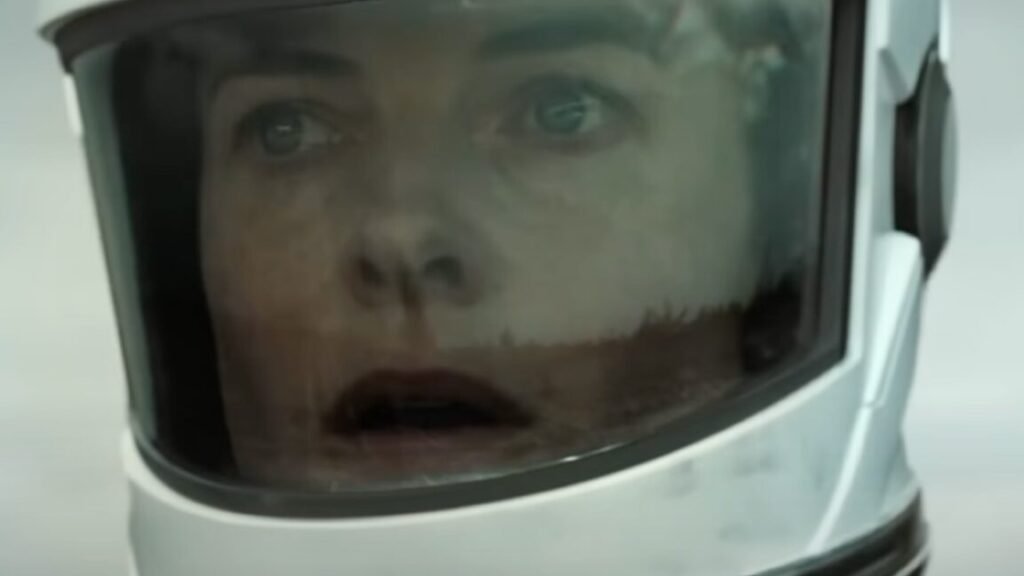Earlier this year, we got a sneak peek at a Chuck E. Cheese that was finally moving its animatronics off floppy disks and into the modern age of … DVDs. The company’s not alone in using dated technologies that mainstream consumers have largely forgotten. Businesses with long-standing procedures and systems often rely on technologies prominent when those systems were created. It’s common for machines for things like medical equipment, aircraft, embroidery machines, and plastic molding to rely on floppy disks.
Similarly, IMAX is seemingly working with technology it’s familiar with and, thus, doesn’t require new or advanced training or big purchases and upgrades.
Meanwhile, 70 mm IMAX film releases like Oppenheimer don’t come often, and when they do, only 30 theaters in the world can support them, CNBC reported, and not necessarily all of them will (Tenet’s 70 mm release, for example, was limited to 11 theaters due to pandemic restrictions, CNBC said). That makes any need for upgrades and overhauls less urgent.
“If 70mm IMAX had a resurgence then I’d expect that they’d update the [Quick Turn Reel Unit] controllers. Until then, it’s best to ride it until the wheels fall off,” an IMAX rep told The Verge.
For anyone still wondering what the big deal is about 70 mm film (besides the size), the movie’s website says Oppenheimer was “shot using a combination of 5-perf 65 mm and 15 perf IMAX film.” The site claims that “when presented on 70 mm IMAX, the sequences shot on 15 perf IMAX are printed full quality in their native format—the highest quality imaging format ever devised, offering 10 times the resolution of standard formats, and filling the giant IMAX screens from top to bottom.”




